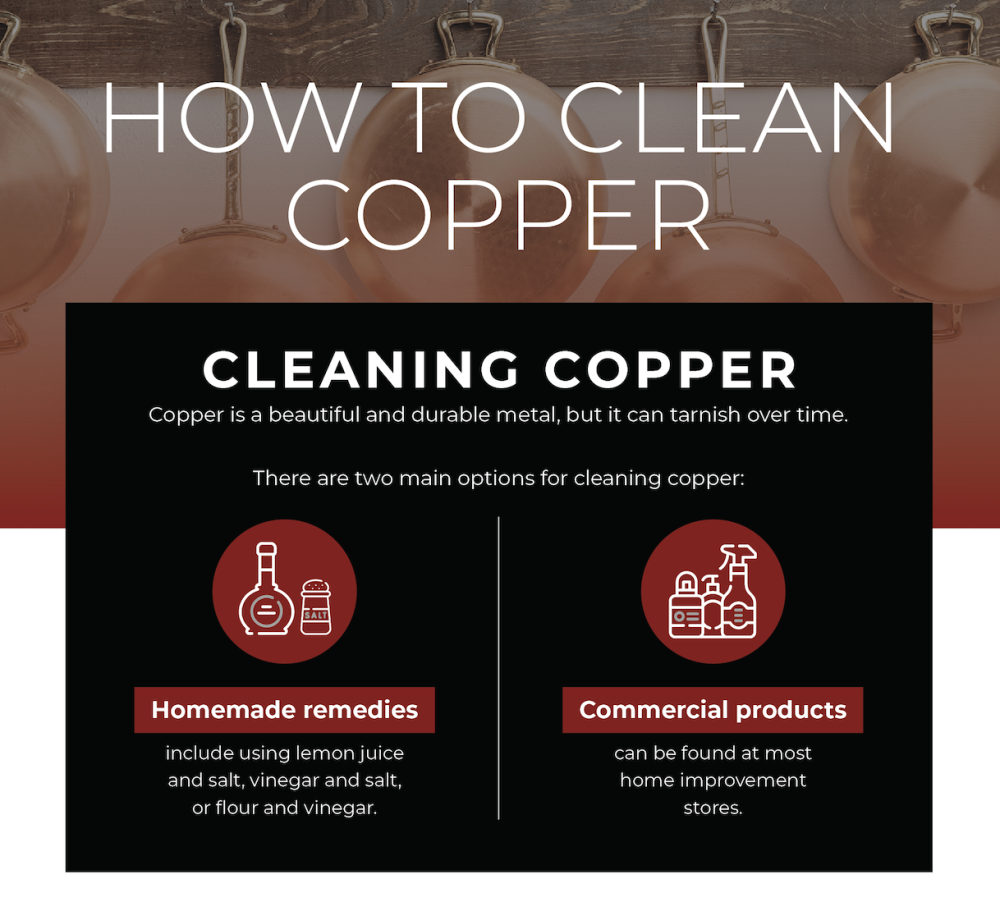
Once you've installed your World CopperSmith copper item - your sink, table, bathtub, or range hood - you'll want to make it last.
With a natural, "living" finish, copper will develop its own unique patina over time, reflecting your personal use and lifestyle. It will look all the better if you protect it from harsh chemicals and perform some simple routine cleaning.
CopperSmith's finish
When you customize copper pieces with us, you'll choose a finish. For most cases, we recommend the living finish, which will allow the copper surface to develop an uninhibited patina that is completely unique to you.
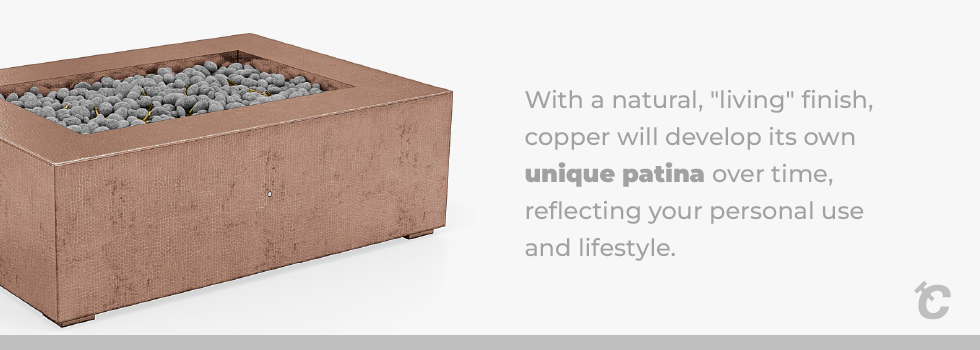
We do offer clear-coat gloss and matte finishes. These will preserve the original look of the copper pieces and protect against some wear, meaning all but the worst tarnishing will require only warm water and a mild detergent. We don’t offer sealants on sink basins! Always check the back of your specific sample to check if the finish is sealed or living.
Made to use - copper wear
World CopperSmith's products are made for longevity and utility in addition to aesthetic appeal. Copper cookware can endure heavy use, so long as it's cleaned well.
Threats to copper
Copper is a highly reactive metal, and as such it's prone to tarnishing from water, harsh chemicals, and oxygen. Contact with human skin and its oils will also cause copper to tarnish over time, which is why copper jewelry and utensils can discolor quickly.
If your once shining copper surface is now a dull brown or even green, fear not, for nearly all discoloration can be reversed.
To minimize the problem, there are several things to keep in mind.
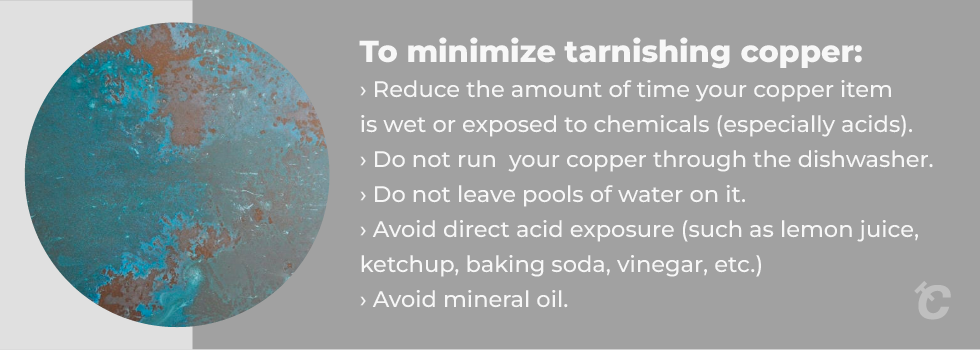
Firstly, reduce the amount of time your copper item is wet or exposed to chemicals (especially acids). Running your copper through the dishwasher will accelerate oxidation, and leaving pools of water in copper pots or sinks will quickly lead to tarnishing.
Secondly, avoid direct acid exposure (such as lemon juice, ketchup, baking soda, vinegar, etc.), as this will produce bright spots. Compounds like mineral oil will cause corrosion and should always be avoided. Over time, the copper sink or other item will repair itself and return to its original color, but it's a good idea to avoid the situation altogether by only allowing acid or harsh chemicals to touch your copper when diluted in cooking or applied with a soft cloth for the purpose of cleaning. With a copper sink, you are inevitably going to get some patina changes on the bottom - which is nothing to worry about!
Cleaning copper
After some use, you notice that your copper piece has discolored or accumulated some grime. Here's how to clean it, according to the kind of mess.
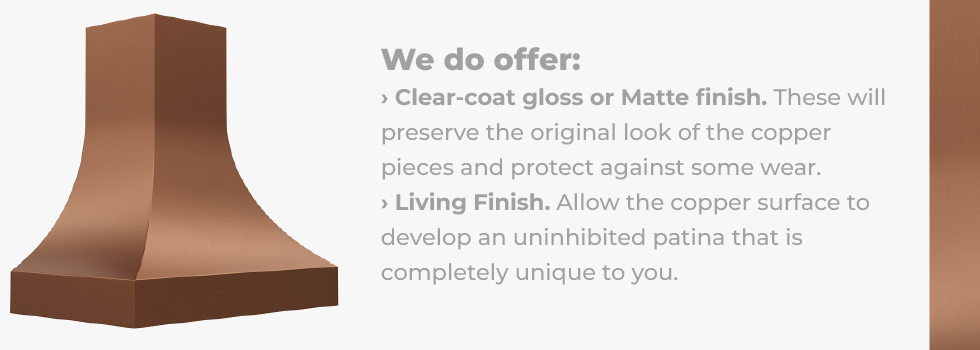
Sealed Copper Products - Grease and oil
Most common to copper range hoods, this encompasses superficial spotting that occurs as a natural part of the cooking process. With minimal elbow grease, these messes are a breeze to clean. Prepare a bowl of water, as hot as you can tolerate, with a little bit of mild dish detergent. Soak a soft cloth in the solution, ring it out, and gently wipe your copper. This should remove any grease and oil.
Natural (unsealed copper products)
All copper can tarnish, especially higher-use items like copper pots or a copper sink. If you're noticing discoloration, take these steps to return tarnished copper to its original glory.
What is the easiest way to clean copper?
While there are store-bought (mild) copper cleaners that can work well, it's easy and cost-effective to make your own cleaner from household items! These methods work by applying a diluted acid to the copper, and the following moderate chemical reaction removes tarnish without damaging your copper.
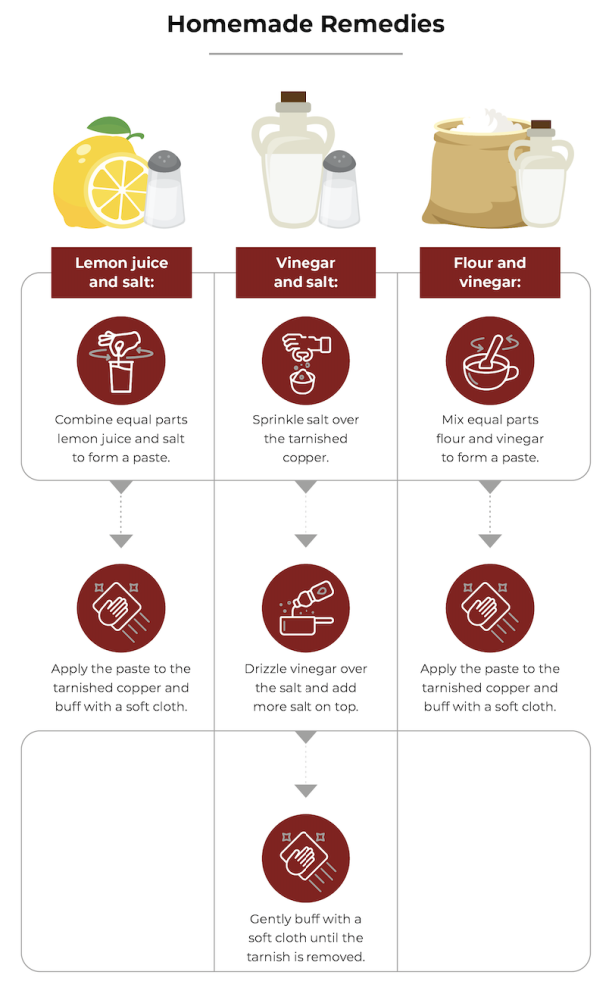
Lemon juice
- In a bowl, combine one part salt with two parts lemon juice. Stir until the mixture becomes a thin paste.
- Pour or spread the paste over the affected area.
- Use a soft, dry cloth to gently buff the pasted area. This should remove tarnish. If it doesn't get all of it, repeat steps 2 & 3.
- Thoroughly rinse your copper with clean water, then dry with a towel or cloth.
Vinegar
- Sprinkle salt over the tarnished copper.
- Drizzle vinegar over the salt.
- Add more salt on top of the vinegar.
- Gently buff with a soft cloth until the tarnish is removed.
- Rinse with water and dry thoroughly.
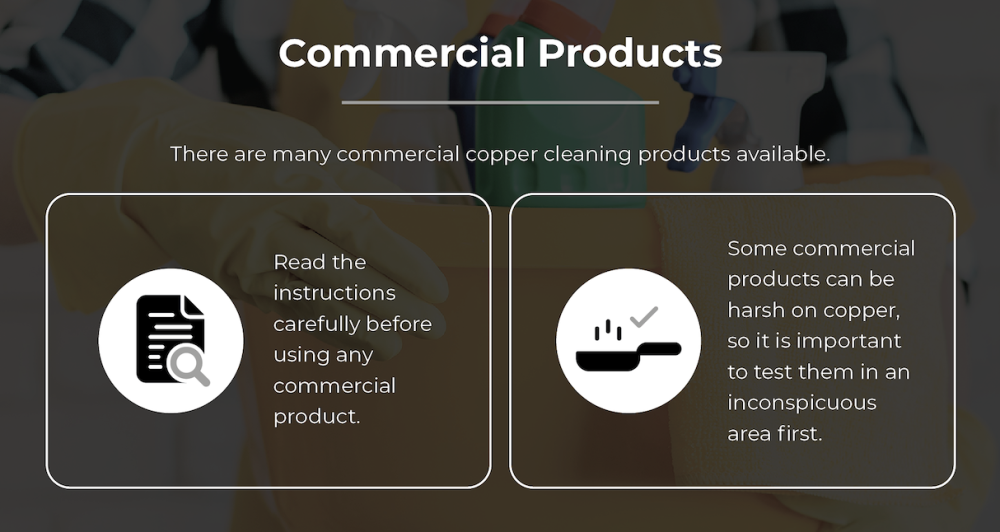
Copper worth keeping clean
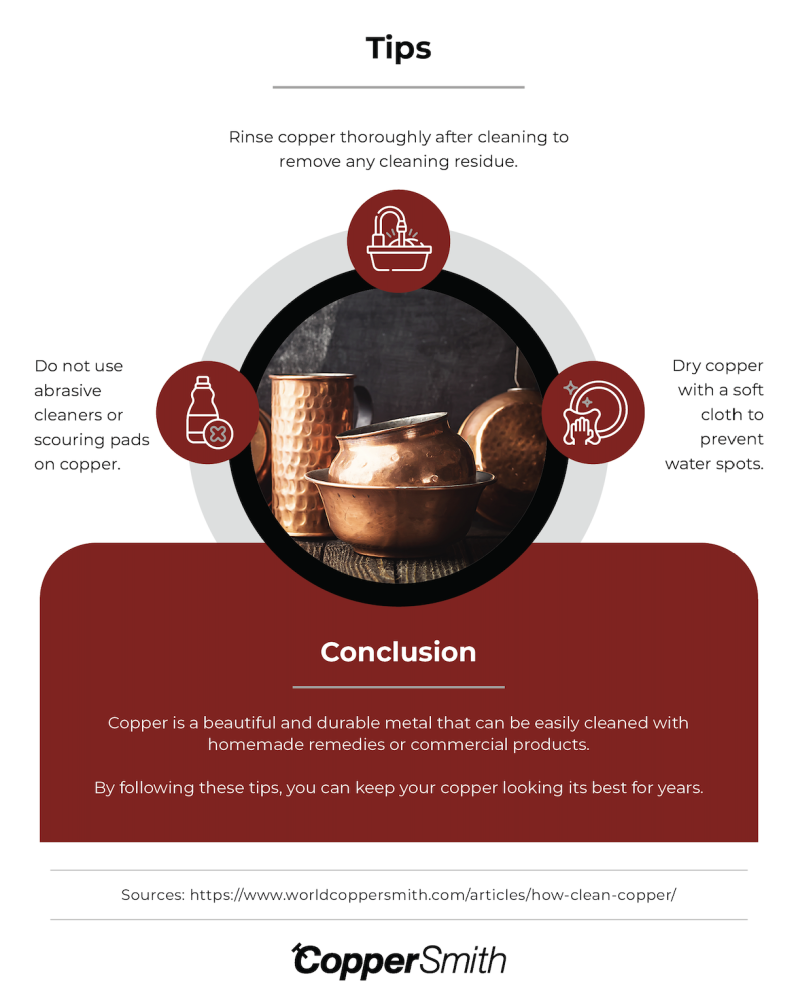
At World CopperSmith, we know the joy of clean copper pans, copper sinks, and copper tables. This unique material adds a great deal to any space, while its antimicrobial properties keep germs away from your cooking area. Follow these simple steps to remove grime and tarnish, or avoid it altogether - keeping your CopperSmith product in pristine condition.

